In 1952 Barbara Hepworth described plaster as ‘a dead material excluding all the magical and sensuous qualities of the sculptural idea’. And yet, just over a decade later, she wished to bequeath to a museum the plaster maquettes and prototypes she had begun to make in the intervening years as part of the process for her bronzes. The current exhibition of plaster sculpture at the Hepworth accompanies permanent displays of this gift, and explores changing uses of the medium by European artists over 200 years; it reflects both the versatile nature of plaster, and Hepworth’s ambiguity towards it.
Exhibitions of plaster works are rare due to the fragility of the medium. This has also led to the loss of many artists’ plaster works, such as Hepworth’s own Two Segments, illustrated in the 1937 publication Circle: International Survey of Constructive Art. In the exhibition, archival photographs show Hepworth’s contributions to modern European plaster sculpture in perhaps its most fertile period, alongside Jean Arp, Henri Gaudier-Brzeska, Jacques Lipchitz, Ben Nicholson, Kurt Schwitters and Paule Vézelay.
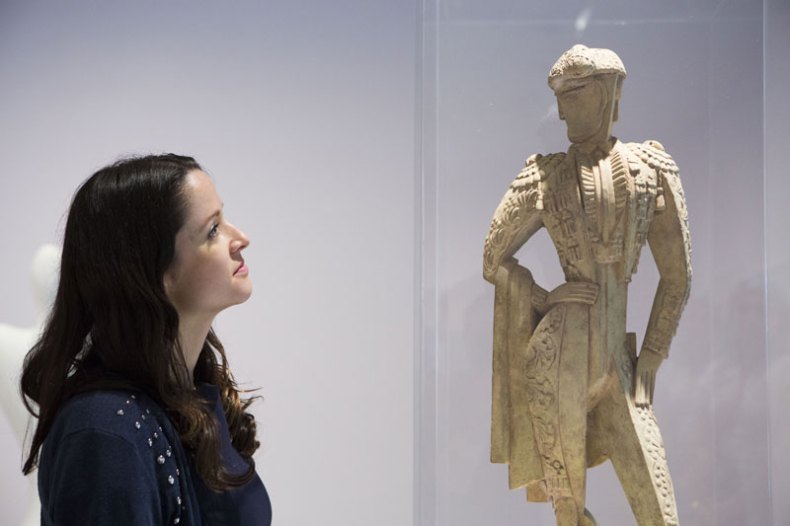
Toreador (1914–15), Jacques Lipchitz. Installation shot at The Hepworth Wakefield. Photo by Tom Arber
In the interwar years, plaster was cheap, portable and readily available, making it highly suitable for the often-itinerant European avant-gardes. It was certainly not restricted to classical casts in art academy drawing practice. Plaster could be worked in a variety of ways to produce both biomorphic sculptures like Arp’s Winged Being (1961), and geometric forms like Nicholson’s 1936 (white relief); it could be left utopian white, as in Hepworth’s Oval Sculpture (1943), or painted, as in Schwitters’ The Clown (c. 1945–7); it could also be combined with other materials, for example wax in Medardo Rosso’s Laughing Woman (Large Version), c. 1891, cast 1950s.
Like this posthumous Rosso, plasters often have complex lives after they leave a studio. The largest Hepworth plaster in the exhibition, Single Form (Eikon), 1937–8, is a case in point. She loaned the work to an exhibition in Paris in 1938, but due to the Second World War it was marooned there until 1961. On its return Hepworth painted a blue wash over the previously white form. In Hepworth’s later years her use of bronze led her back to plaster. Her tools and working methods, as well as her plaster models, are arranged in informative displays in the permanent collection: the plaster cast of Hepworth’s left hand, her thinking hand (as opposed to her right ‘motor’ hand) from c. 1943–4 is a highlight.
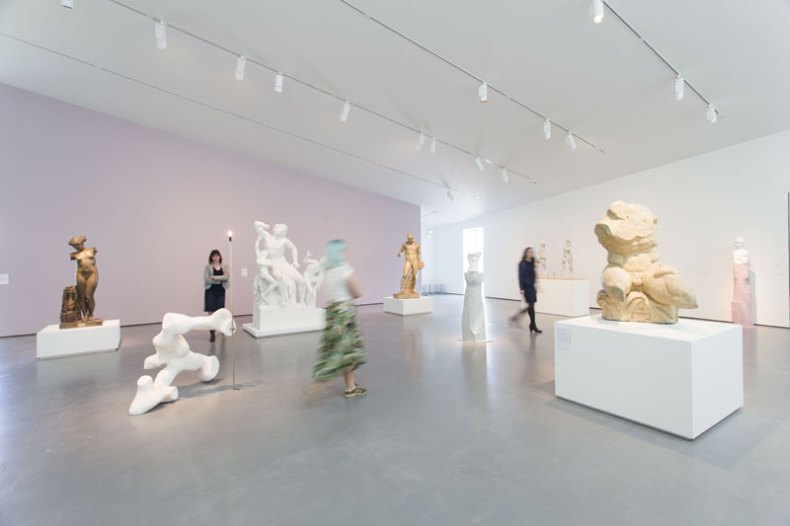 This reproductive capability is reflected in the second part of the plaster exhibition. Daniel Silver’s distorted head of Michelangelo’s David of 2008, glares across at Eduardo Paolozzi’s 1987 deconstruction of a plaster cast of the same bust (found by the artist in Harrods); both comment as much on the idea of reproduction as on the form they augment. The juxtaposition of the Royal Academy’s plaster Belvedere Torso with Kris Martin’s version of the Laocoön, Mandi VIII (2006) questions our familiarity with these forms; the Trojan priest and his sons are shown without the serpent. The bright white of Martin’s work emphasises the grubbiness of the classical cast. The tarnished plaster begins to visually ape the harder, more traditional, materials of sculpture – plaster’s ability to metamorphose into myriad materials is readily apparent.
This reproductive capability is reflected in the second part of the plaster exhibition. Daniel Silver’s distorted head of Michelangelo’s David of 2008, glares across at Eduardo Paolozzi’s 1987 deconstruction of a plaster cast of the same bust (found by the artist in Harrods); both comment as much on the idea of reproduction as on the form they augment. The juxtaposition of the Royal Academy’s plaster Belvedere Torso with Kris Martin’s version of the Laocoön, Mandi VIII (2006) questions our familiarity with these forms; the Trojan priest and his sons are shown without the serpent. The bright white of Martin’s work emphasises the grubbiness of the classical cast. The tarnished plaster begins to visually ape the harder, more traditional, materials of sculpture – plaster’s ability to metamorphose into myriad materials is readily apparent.
The original Belvedere Torso is currently at the British Museum in an exhibition exploring classical ideals of beauty, and these too are brought into the 21st century by The Hepworth’s exhibition. Anthea Hamilton’s Luke Perry (2009), featuring a plaster-cast cauliflower above images of the 1990s heart-throb, peers around a cast of the Discobolus. Rebecca Warren’s Come, Helga (2006) metamorphoses behind it, challenging the proportioned and balanced ideal of classical female beauty.
This small exhibition reveals how a medium normally associated with classical casts in fact has both a rich modernist heritage that overturns such connotations and also a post-modernist trend for subverting them. It certainly proves wrong Hepworth’s own 1952 dismissal of plaster.
‘Plasters: Casts and Copies’ is at The Hepworth Wakefield until 8 May 2016.
Related Articles
More than just copies: Brussels’ Plaster Cast Workshop
The difficulty of ‘Defining Beauty’
Museums have finally woken up to the potential of 3D printing
Unlimited access from just $16 every 3 months
Subscribe to get unlimited and exclusive access to the top art stories, interviews and exhibition reviews.

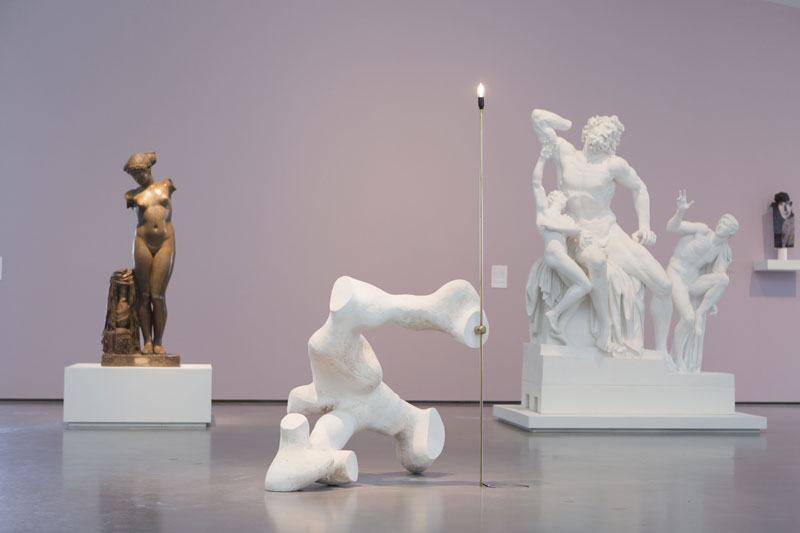
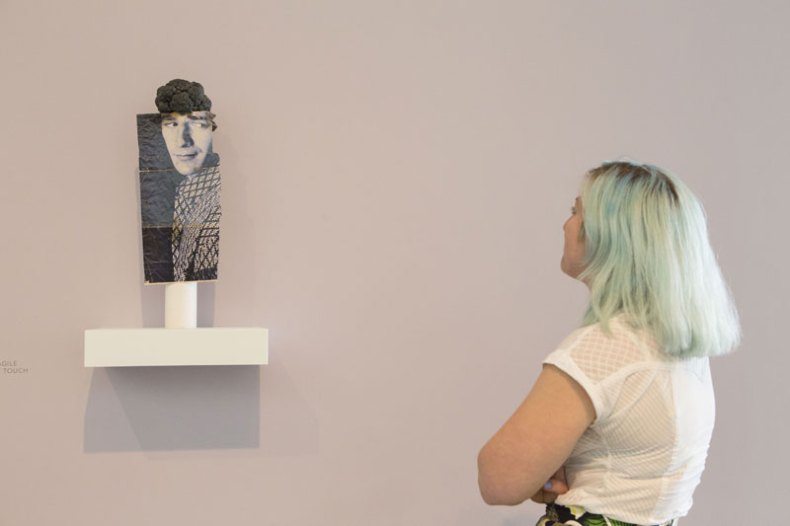
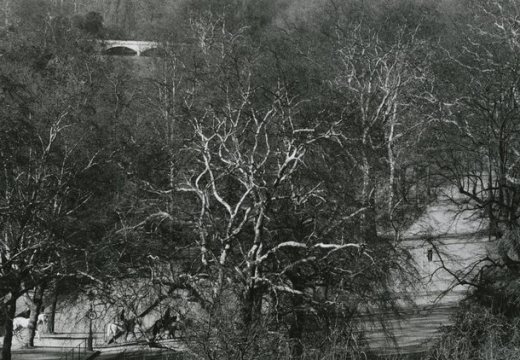
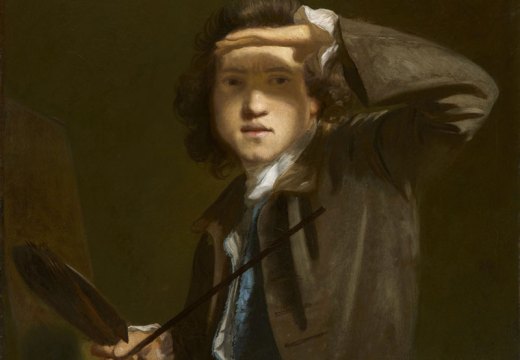
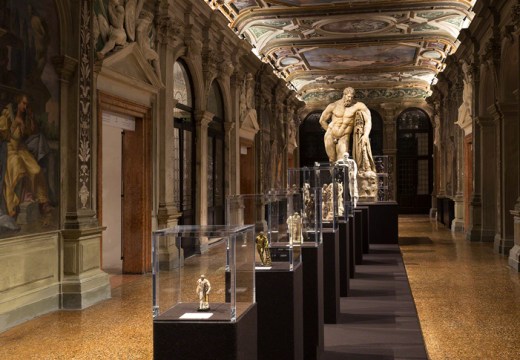









![Masterpiece [Re]discovery 2022. Photo: Ben Fisher Photography, courtesy of Masterpiece London](http://www.apollo-magazine.com/wp-content/uploads/2022/07/MPL2022_4263.jpg)
Why are fathers so absent from art history?